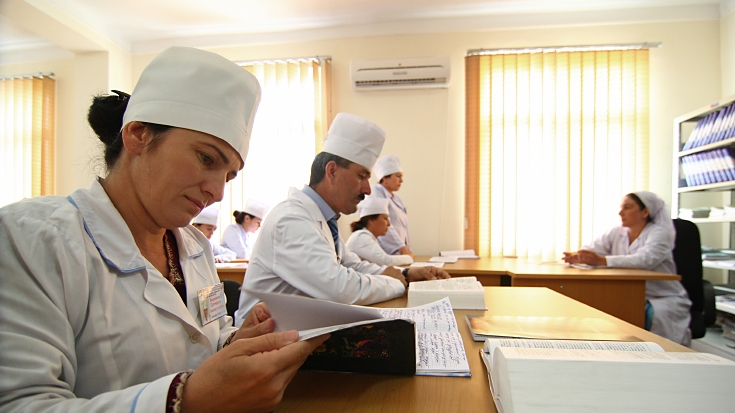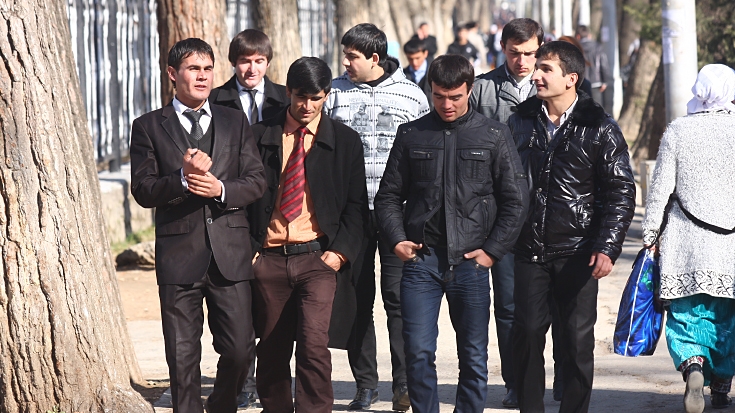For almost two decades, Tajikistan's economy has enjoyed robust annual economic growth, thanks to a favorable external environment, relative political stability, and high prices for its main exports. Recently, however, growth has started to moderate, with a slow-down in activity across almost all sectors and burgeoning challenges related to job creation and competitiveness.
Despite the temporary slow-down, the government of Tajikistan has set ambitious development targets for 2020: to double GDP, to significantly reduce poverty, and to expand the middle class. With a young and rapidly growing population – 40 percent of which is under the age of 17 – job creation and productive employment are critical to achieving these development goals.
But, an important question faces policy makers: are workers in Tajikistan adequately trained and skilled to meet the needs of the country’s labor market? A new World Bank report, The Skills Road: Skills for Employability in Tajikistan, addresses this question, drawing upon a survey that includes large-scale assessments of cognitive (such as literacy, numeracy, and memory) and non-cognitive (such as extraversion, conscientiousness, openness to experience, agreeability, and emotional stability) skills of working age adults.
Labor Market Outcomes
Tajikistan’s economy is undergoing significant structural changes – specifically, it is shifting away from agriculture and industry toward services. The country faces important challenges in meeting its rapidly changing labor market needs. First, formal sector job creation has not kept pace with population growth and hence jobseekers have sought work abroad (almost one-in-three young men migrate abroad for employment purposes) and in the informal sector. A majority of workers (60 percent) is engaged in the informal sector, where job quality is a concern and where workers perform repetitive tasks without learning new skills.
Second, productivity has risen significantly, but wage growth has outstripped productivity increases, raising concerns about competitiveness.
Third, a large share (over 15 percent) of youth in Tajikistan are discouraged – meaning that they are not looking for a job because they do not believe they can find one.
Finally, weak labor market systems hinder job searches and skills signaling, limiting the extent to which the supply of skills is effectively matched with employer demand in Tajikistan.


